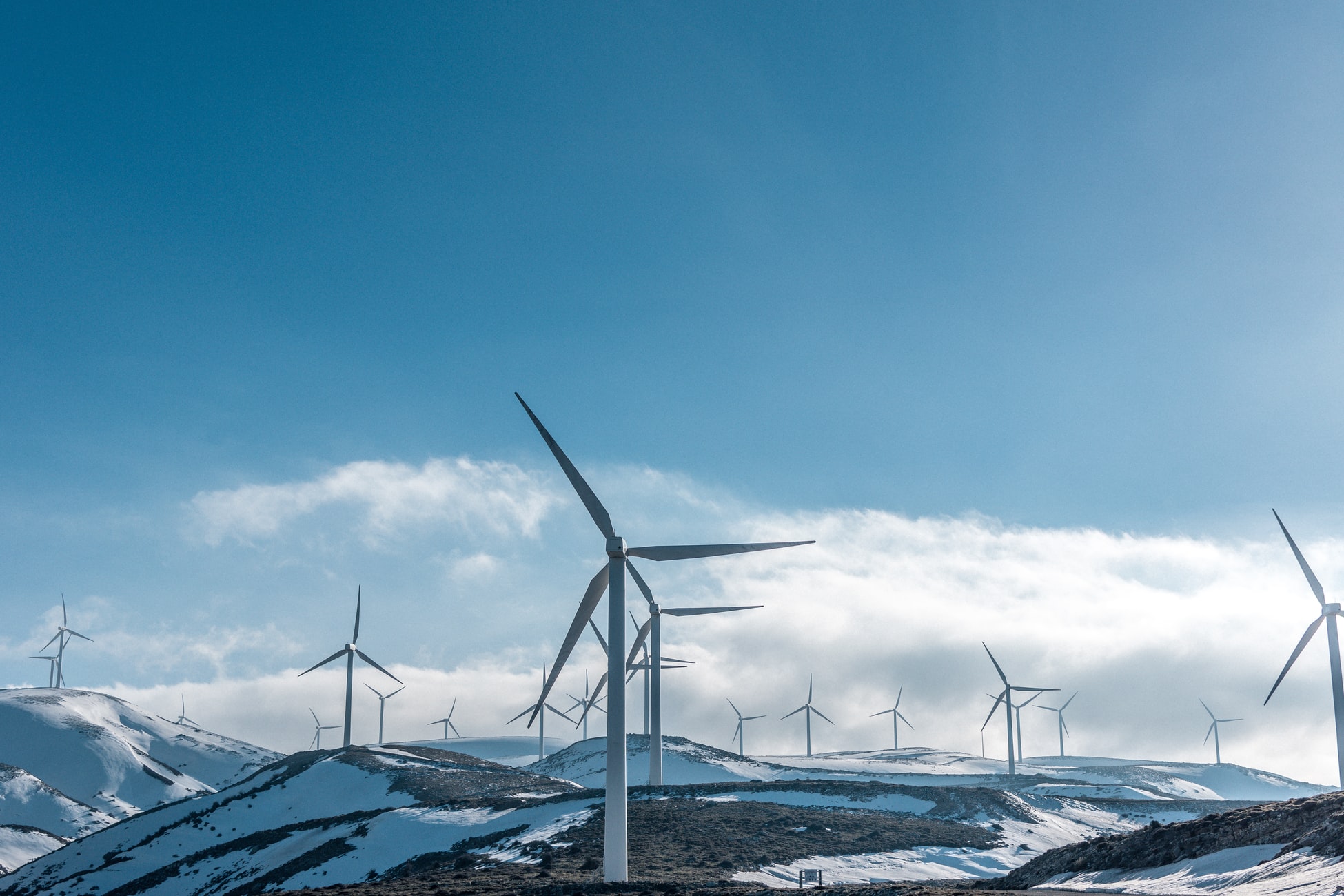The Government of B.C. unveiled their new energy plan on February 27th, calling on British Columbians to rethink and reduce their energy usage more than ever before.
One of the energy plan’s main goals is to make the province self-sufficient in electricity by 2016. The plan stipulates that consumers must cut their future demands in electrical usage in half over the next 13 years – the biggest conservation move ever made by BC Hydro.
Some of the conservation rules set out by the province include:
- All new electrical power plants in the province must have “zero-net greenhouse gas emissions.” Projects would have to be powered by clean energy sources or must offset any greenhouse gas emissions through such measures as tree planting or investing in other clean-energy projects.
- All current power generation plants must “reach zero net greenhouse gas” emission targets by 2016. That again offers the possibility of old power stations investing in new technology or even carbon trading, where companies buy tax credits from cleaner industries.
- 90 per cent of all the province’s electrical power must be from clean or renewable energy sources.
- A new building code must be completed by 2010 that will require the latest in energy-saving construction techniques, including such things as green roofs and energy-efficient boilers and generators.
- The energy industry must cut by 50 per cent the number of incidents of flaring oil and gas wells within the next four years. The government wants all flaring, a major source of greenhouse gases, eliminated by 2016.
- Power generators can make use of pine-beetle infested trees to generate power. As expected, no coal-fired power plant will be allowed unless it pumps its greenhouse gases into the ground, an unproven technology.
